Experience OS
Experience OS enables users the seamless and easy transition from smartphone to physical locations just in line with their strive for the best products and services.
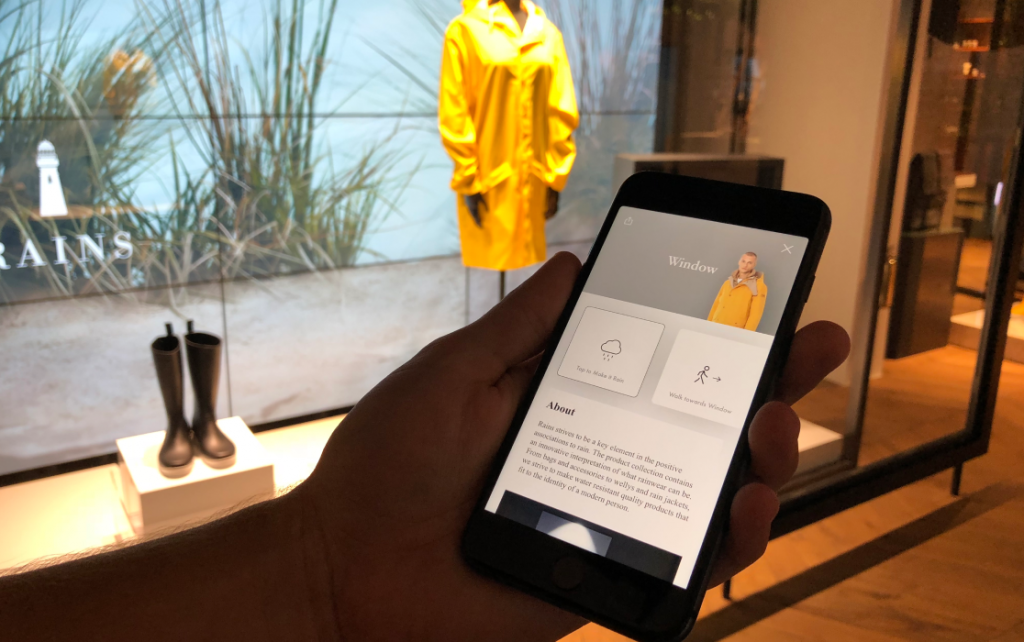
Problem Statement
Liganova is an internationally known company which is designing and developing retail stores all over the world. Our task was it to digitally enhance the (mostly analog) experience in retail spaces. Those spaces can be e.g. a shop, museum or festival. Adding a digital layer to a analog space would create a lot of new possibilities. Users could interact with the products, areas, stages and activities around.
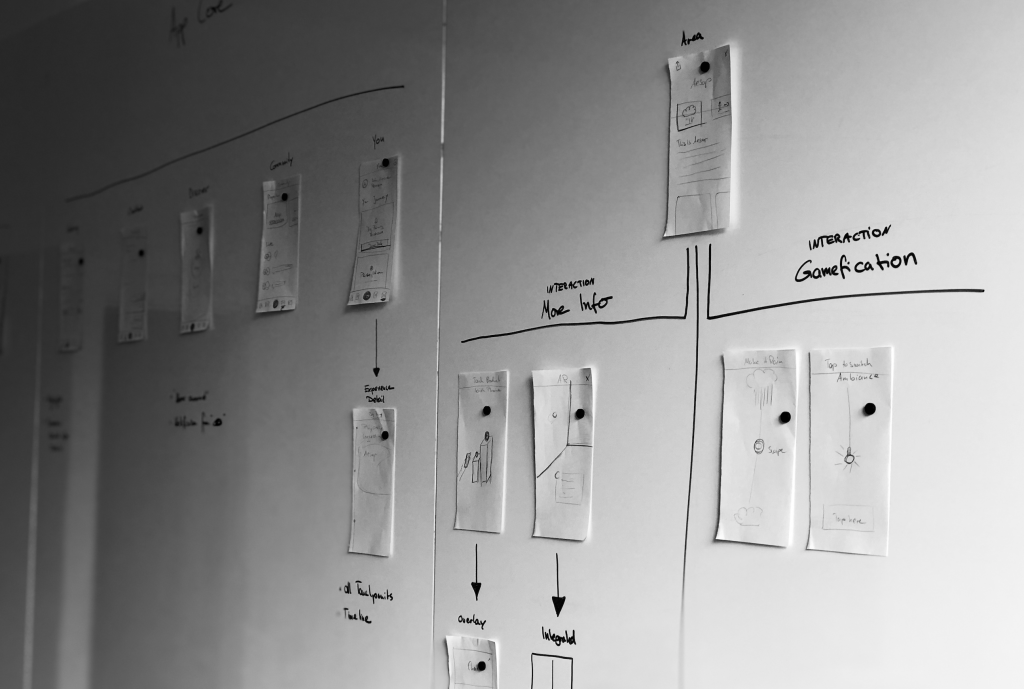
Project Goals
1. Find a technology which lets the App know the location inside a space
2. Increase interaction of users with the products and the space
3. Provide guidance
4. Let all visitors participate (since some vistors might not download the app)
Discover & Define
Following User Research Methods have been used:
1. Customer & Expert Interviews
2. Market Research
3. Customer Journey
We reached out to different departments within the organisation in order to get connected with in total 9 interview partner. Since LIGANOVA is active in different industries we had a very wide variation of interview partner.
Customer Needs
Navigation guidance in the space
Where am I? What can I discover?
Getting additional information
Where do I find the product? How much does a particular item cost? Is it available?
Social Interaction
Getting connected with other useres in the space
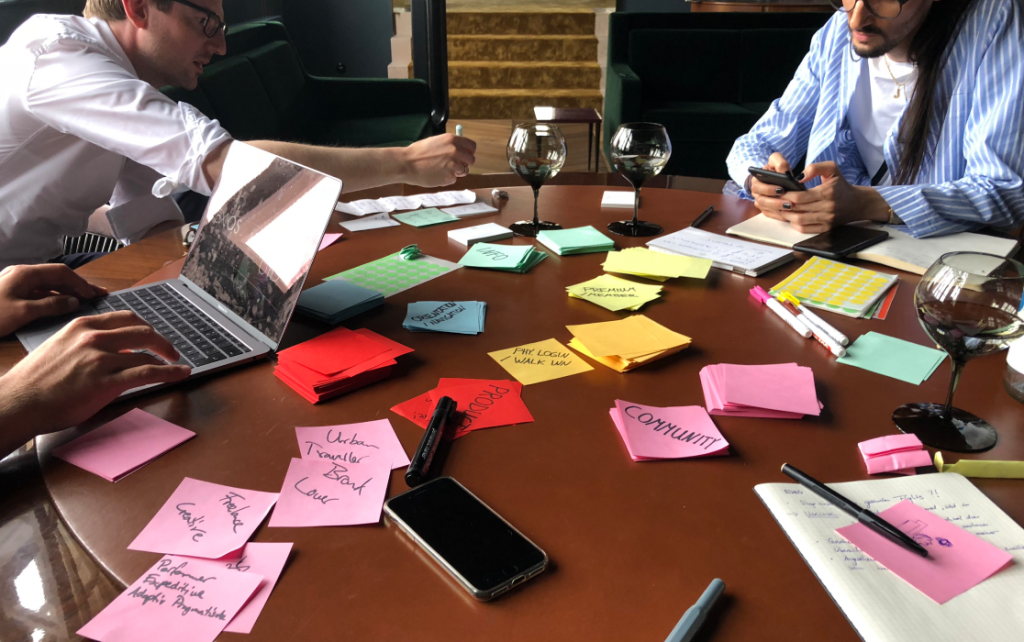
The Minimum Viable Product (MVP)
First we needed to find a technology which allows us to track the position of the user within a space. Using the Wifi was too inaccurate. So we decided to go with iBeacons. In order to prove that this works we decided to develop a MVP. This MVP is using the very first iteration of the design.
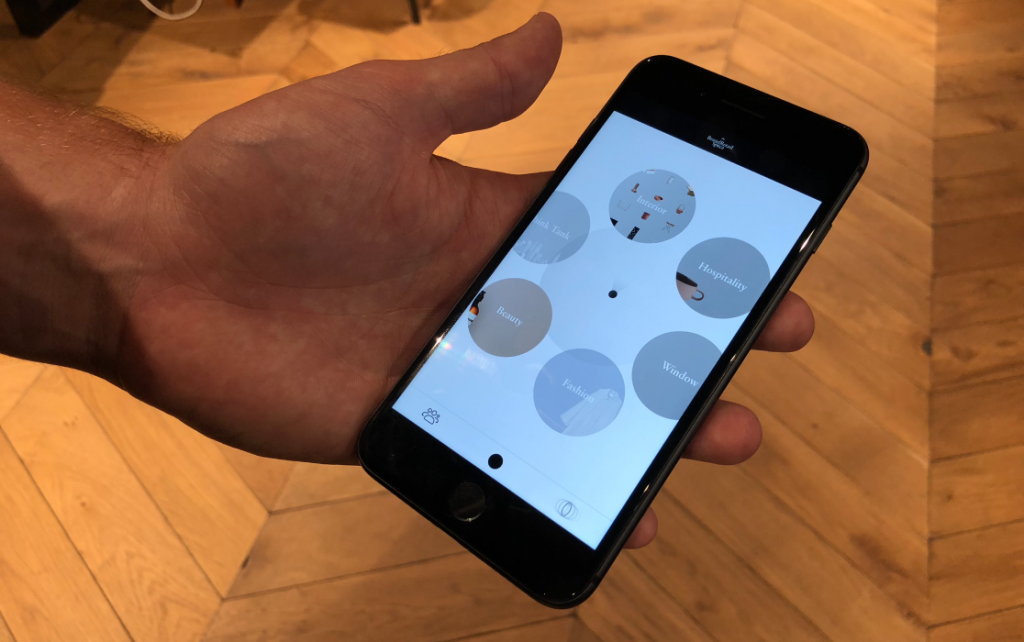
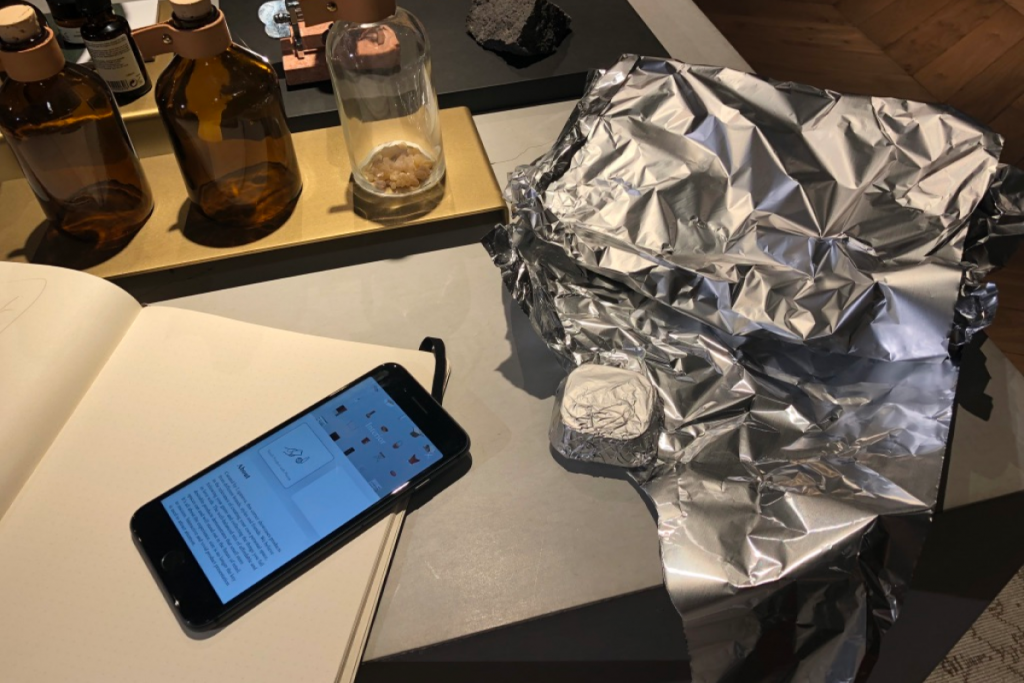

Design & Prototyping
Because I wanted to conduct user tests very soon I started to draft out ideas in the very beginning of the project. Luckily LIGANOVA has a own lab where they have rebuild different uses cases of the retail industry like a shopping window, hospitality or beauty store. This made it very easy to conduct user tests in a real world scenario.
To have a very realistic prototype I decided to built the prototype in Framer. Since you basically build your Framer prototype in code (react.js) it was easy for us to use dynamic data and connect it with the iBecaon API.
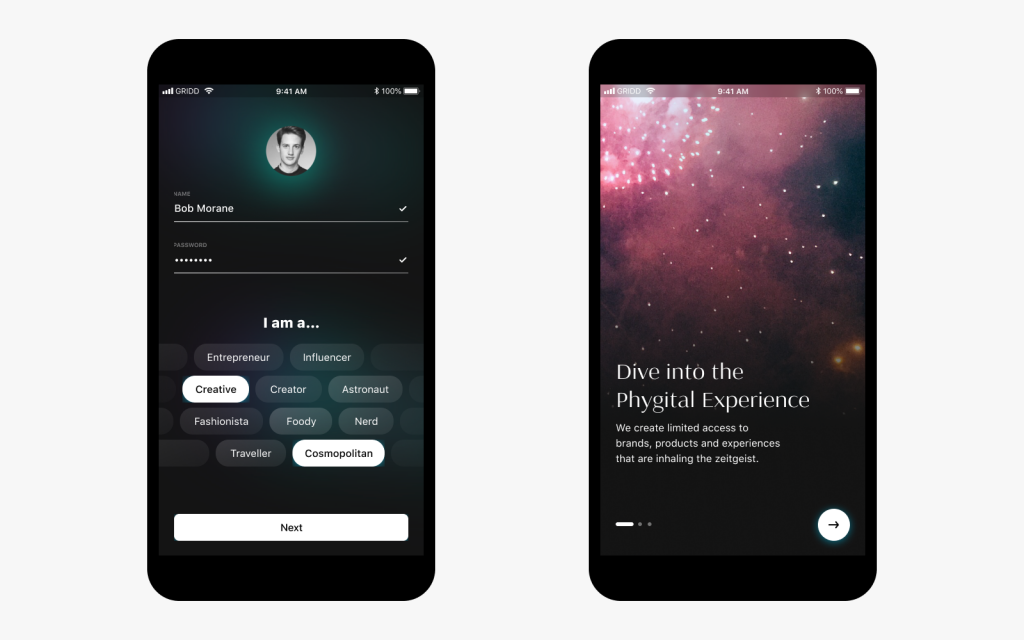

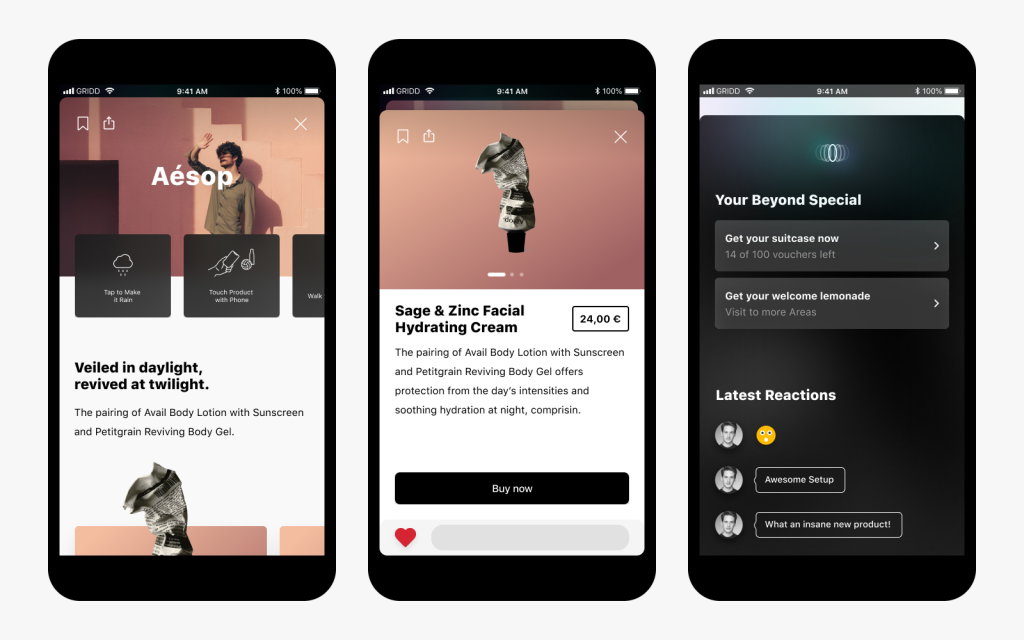
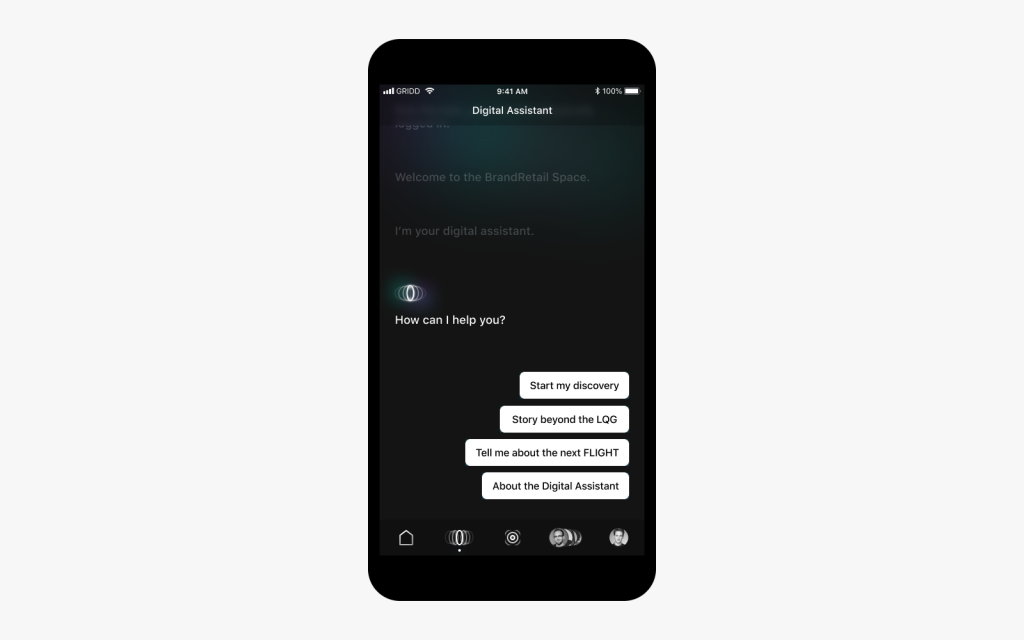
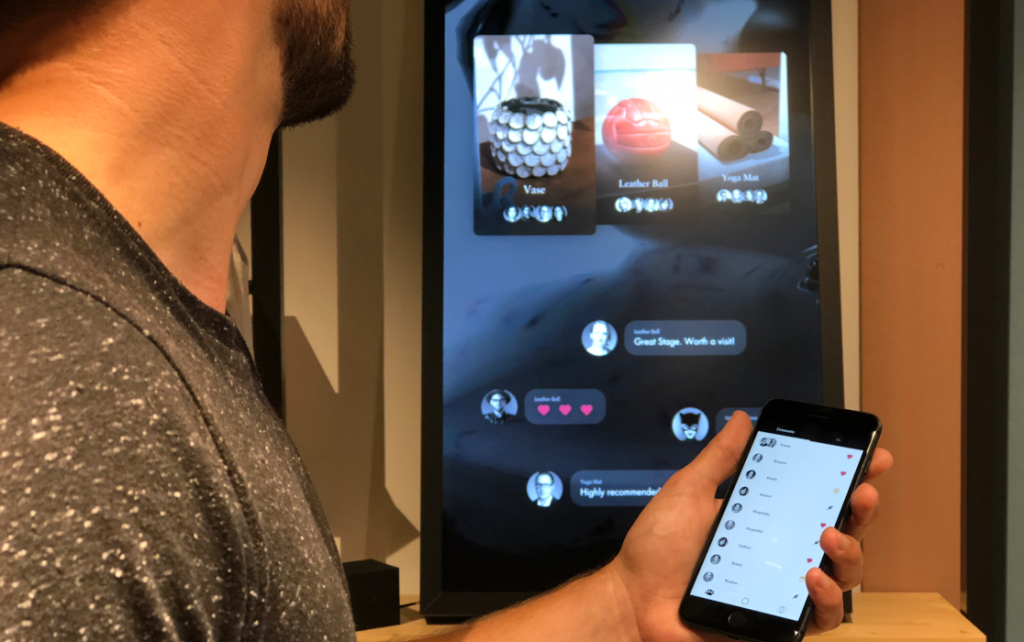
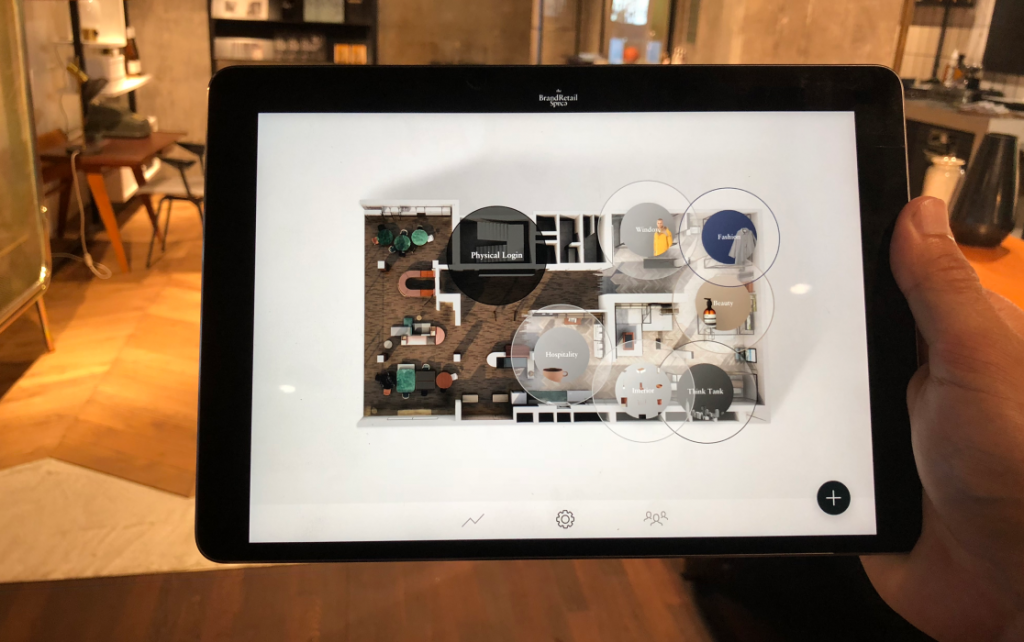

Experience OS is a product of the ExperienceOS GmbH (http://experience-os.com/). All image rights belong to the ExperienceOS GmbH